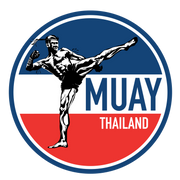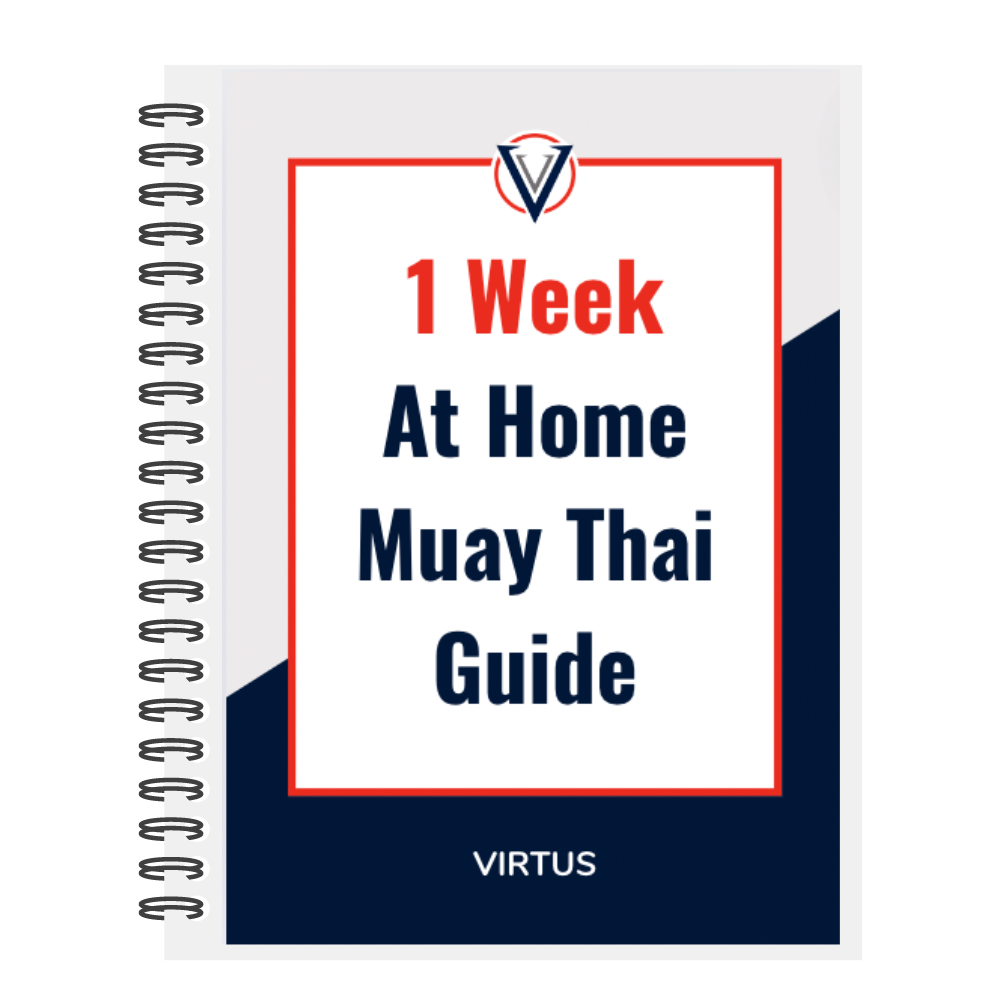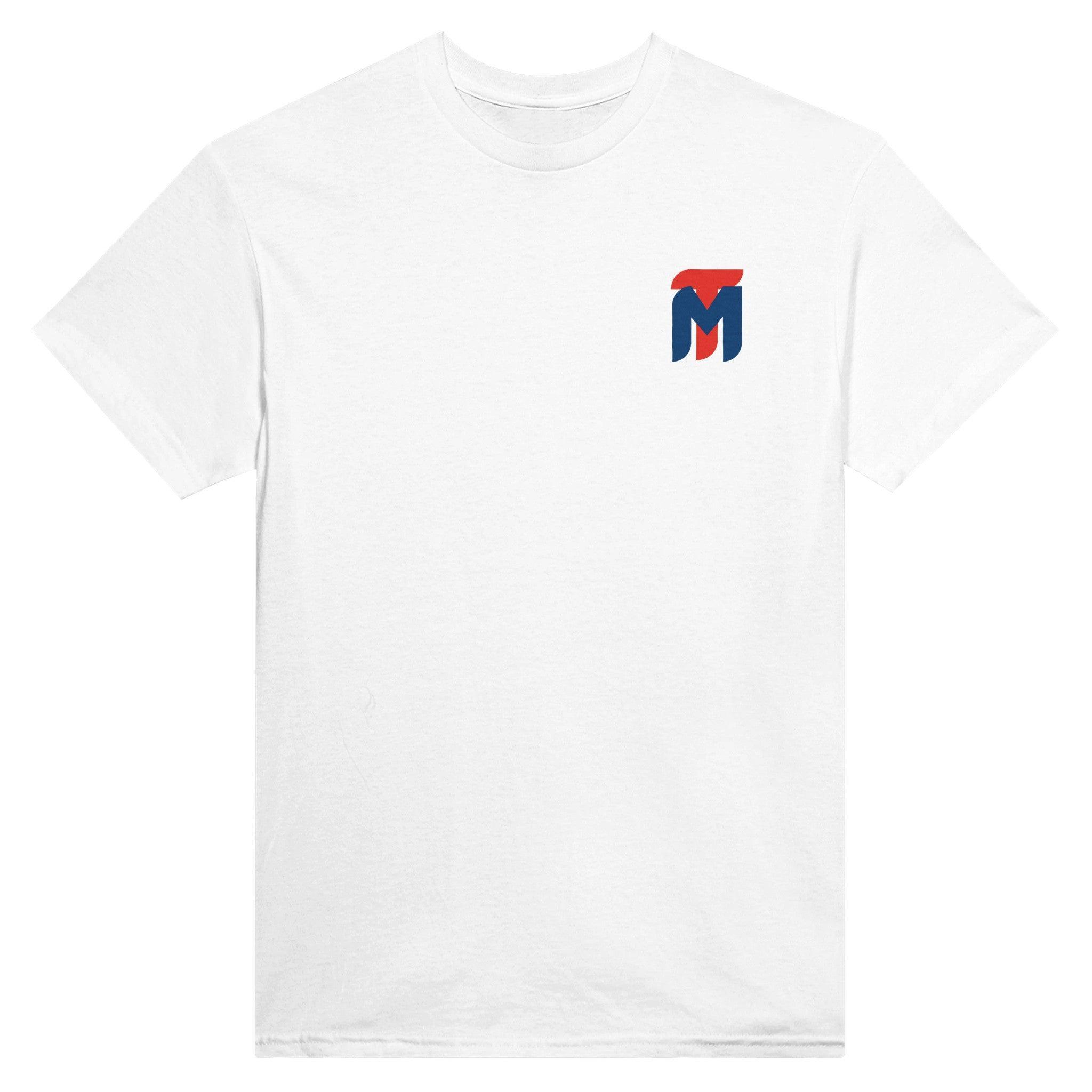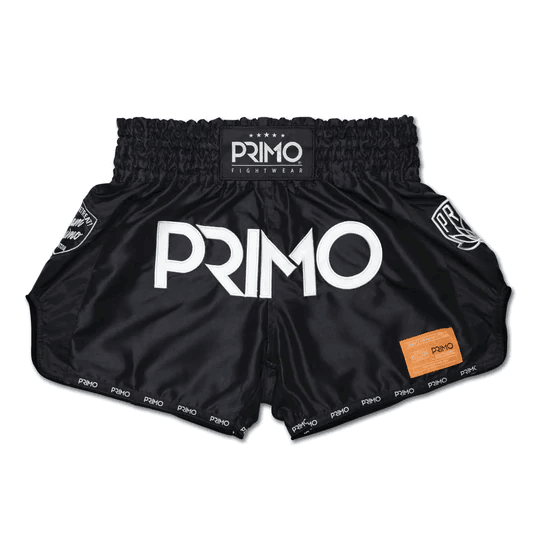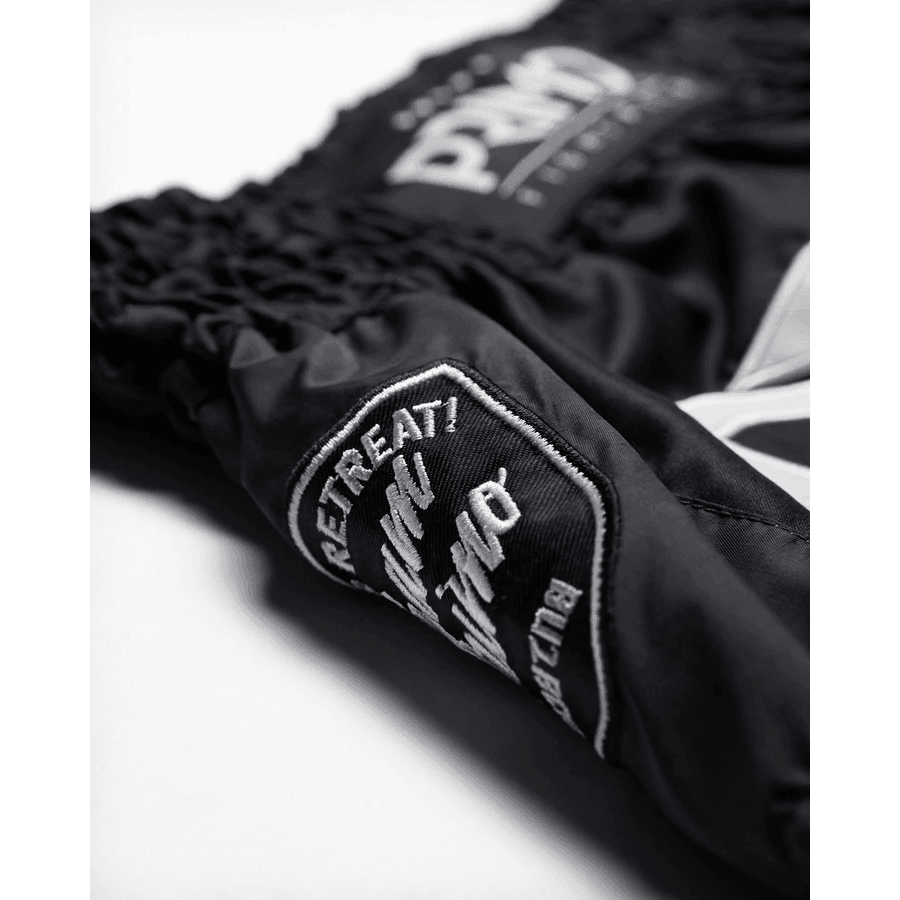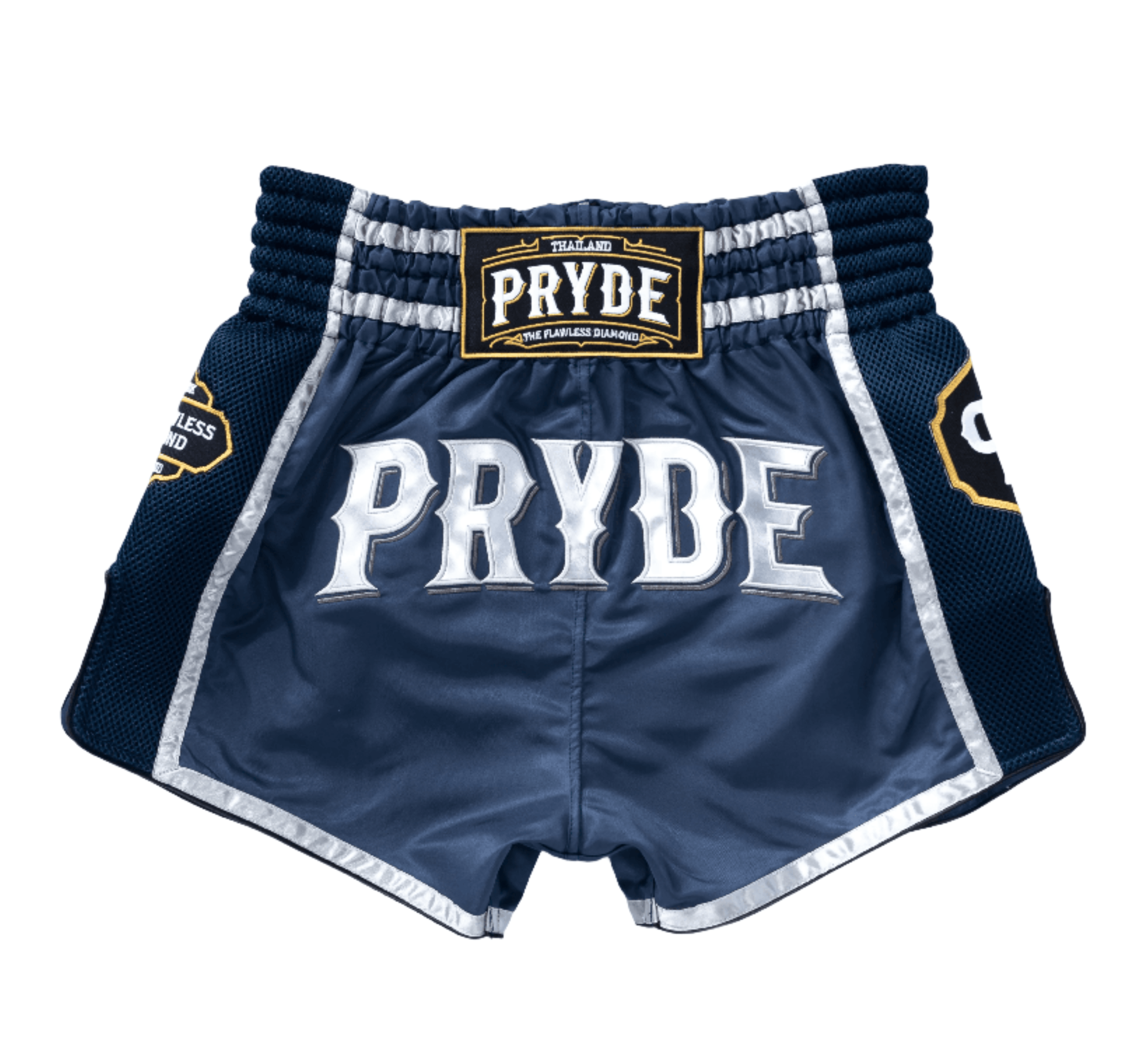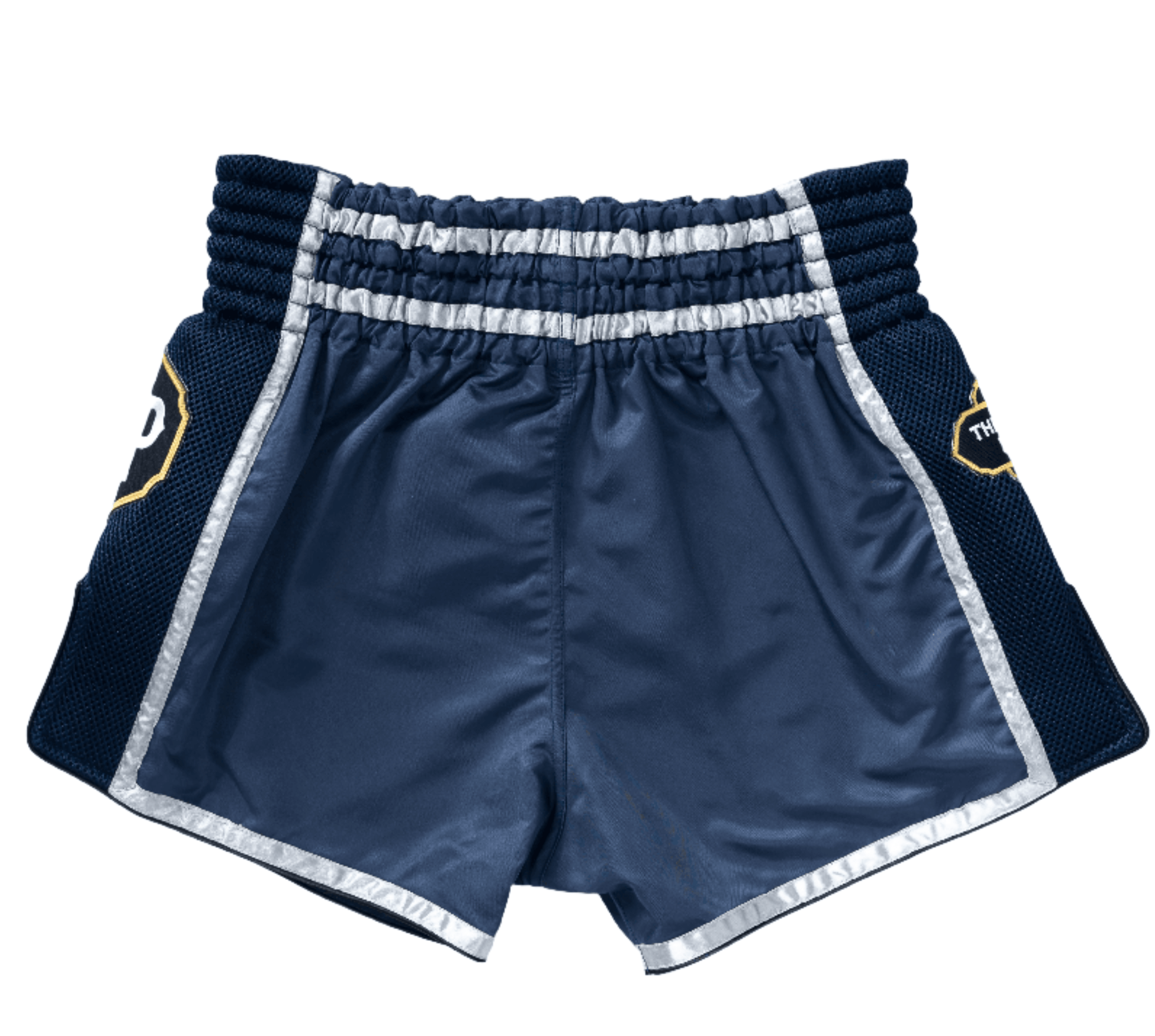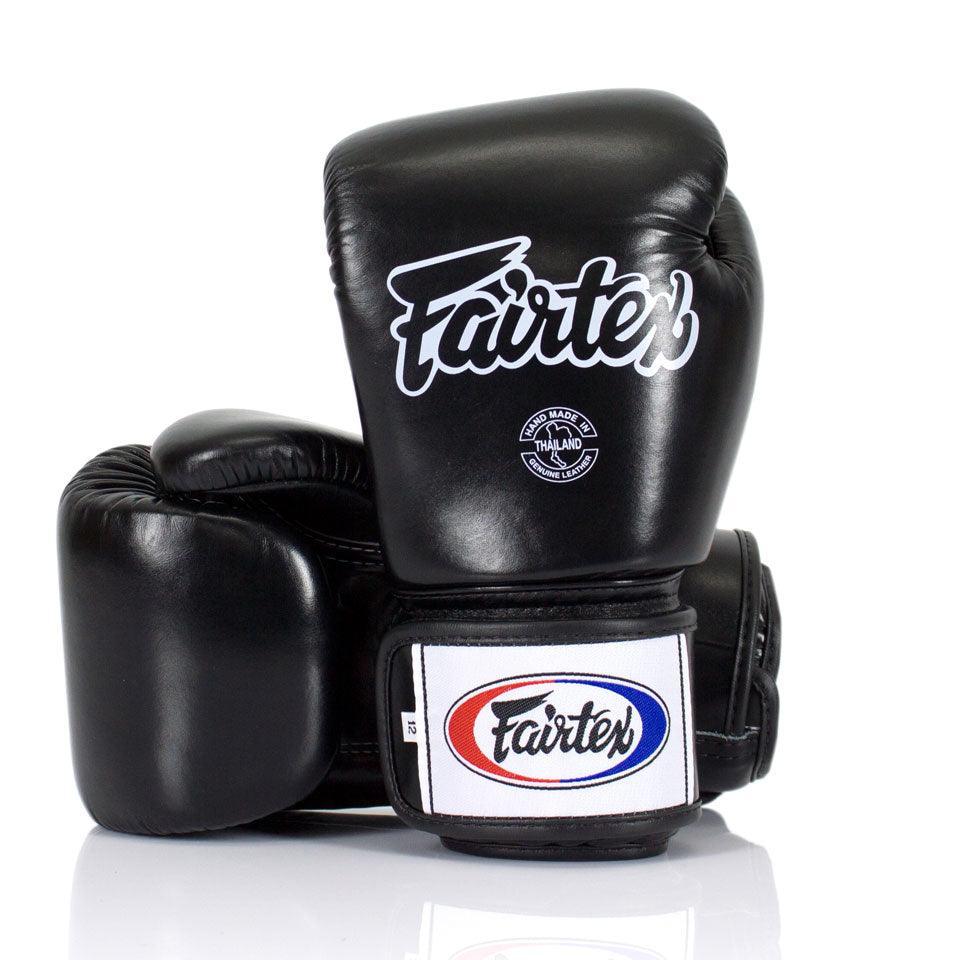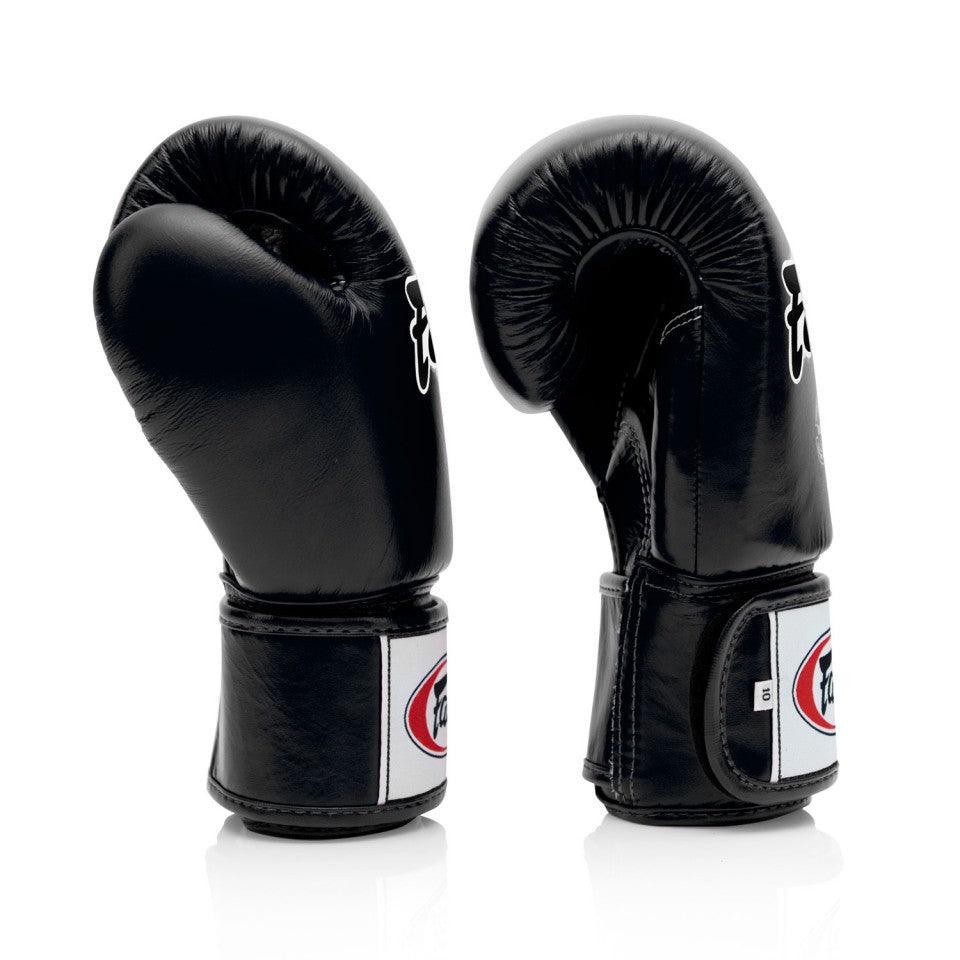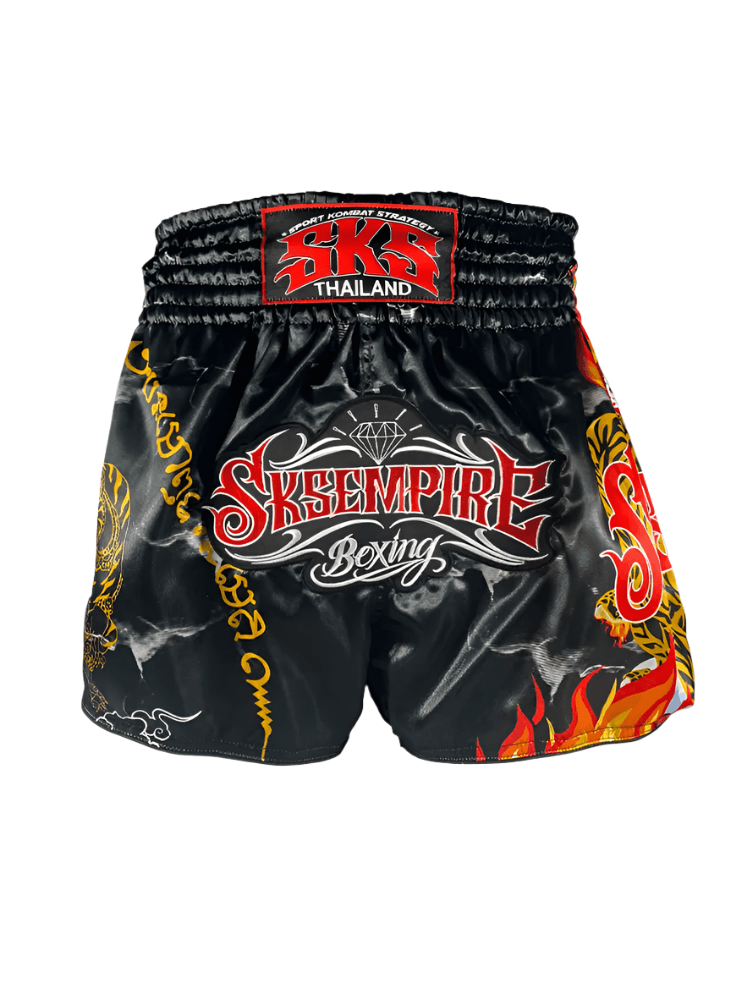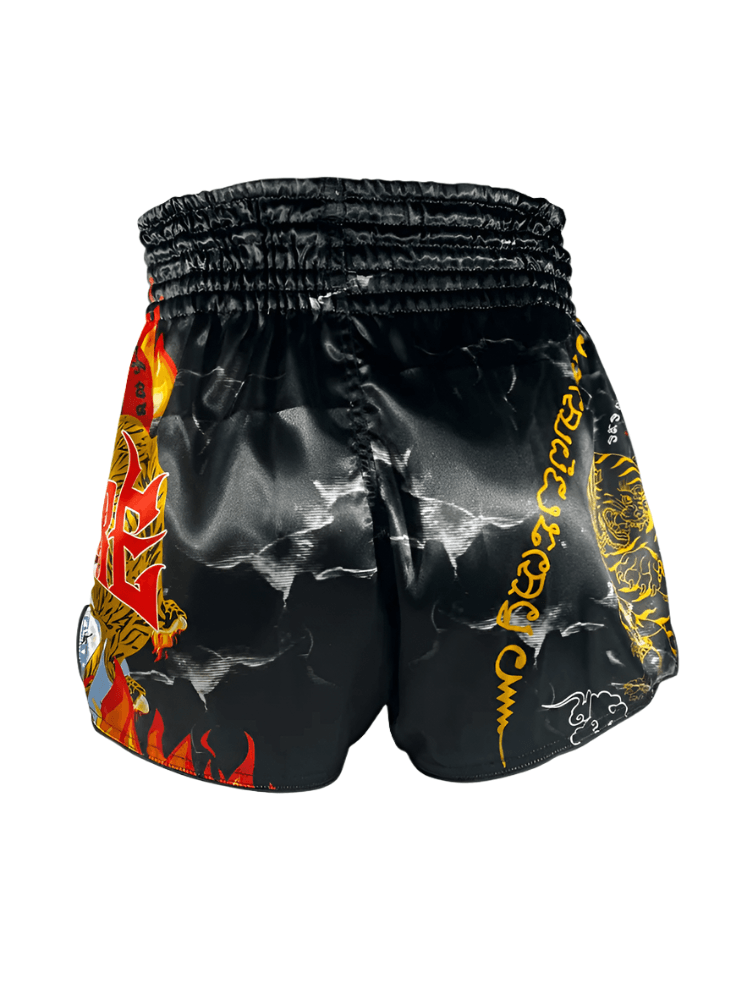Overview
Elbows are devastating and can easily cut opponents. Typical targets for elbows include the chin, temples, brow area and the nose - resulting in knockouts, blood and even broken bones.
Tucking the wrist in towards the shoulder of the corresponding elbow, exposes the sharpest point of the elbow and helps you strike with the pointed area, rather parts of the forearm. This robust point of impact is like a razor and can easily cut the brow & forehead area where the skin is thin and so close to bone, without any muscle or fat padding the area between. Elbows are the shortest range strike in Muay Thai and therefore expose you to a variety of potential counter strikes as you'll be inside your opponent' s range. That said, if you're on the inside throwing powerful elbows, the potential damage will force your opponent to cover up or evade.
Horizontal Elbows ^
The horizontal elbow is thrown with the forearm and point of the elbow parallel to the floor, similarly to a hook. It can be thrown with either the front or rear hand and, just like when throwing hooks, its power can be amplified by pivoting on the corresponding foot and twisting your hips with the strike.
This is one of the more easily blocked elbows as your opponent can defend with one or both hands in front of their face. Nonetheless, if their guard drops at any point, or you're able to pull an arm away, the horizontal elbow strike can easily knock out your opponent, whether you target the chin, jaw or temple. It's also easy to open up cuts on your opponent's brow & forehead by "slicing" horizontally across with your elbow.
Diagonal Elbows ^
Diagonal elbows (also known as slashing elbows) are powerful elbows that can be thrown over your opponent's guard, resulting in knockouts and cuts. If you think of an X, they can be thrown from either point to the opposing side. Alternatively, if you think of a clock, they can be thrown from 2 - 8 or 10 - 4, or vice versa. Stepping to the outside of your opponent can create an effective striking angle and swinging your hips into the strike maximises the power.
The motion is similar to an axe kick and is often targeted at the temple, forehead or nose. It's important to keep the first of your striking arm tucked tight towards your shoulder and close to your chest.
Via Punchbagpro
Via Fightcoach.tv
Uppercut Elbows ^
Uppercut/upward elbows are mechanically similar to uppercut punches to the head and thrown in an arc shape upwards. They are very effective when thrown in between your opponent's forearms, breaking their guard. Setting these up with hooks is useful as the forearms are drawn away from the front of the head, where you can then target the chin, nose and forehead with your uppercut elbow.
These elbows are often thrown from very short distance and are effective when thrown in the clinch or as you/your opponent pulls away. They can also be thrown from a little further out by stepping towards the outside when striking with the rear-hand elbow and stepping forward when striking with the lead-hand elbow. Their power is amplified if you rise up onto the toes on the same side as the striking elbow to engage the hips and back muscles.
Reverse Elbows ^
Reverse elbows can be tricky to land as an individual strike because they require a blatant set-up to execute. As a result, they are most effective as follow ups to missed elbows or part of a combination.
In a way they are the opposite to uppercut elbows, as the elbow is first drawn down in front of your face before you thrust it upwards, point first, into your opponent's chin, face or chest. Rising up on your toes on the same side as your striking arm, along with exploding upwards from the hips to generate power.
Yoddecha Sityodtong @ Evolve MMA
Kwonkicker
Jumping Elbows ^
You can jump and throw different elbows, including a horizontal elbow (similar to the superman punch) and a downward spike elbow. Aiming at the top of the head or top of the collarbone on either shoulder, the jumping spike elbow is designed to go over or besides your opponent's guard and cause heavy damage. The jump can either be a high one straight up in front or your opponent, from the clinch for example, or from distance with a leap forward.
They can be thrown with either the front or rear elbow, although rear elbow is most common and even more effective when the front hand is extended so it distracts your opponent or even pulls their guarding hands away from their head. The striking elbow is drilled straight down to the target.
Via Muay Thai Pros
Sagetdao Petpayathai @ Evolve MMA
Spinning Elbows ^
While there aren't many spinning strikes in Muay Thai, the spinning elbow is one that's common, thanks due to how deadly it is. On the flip side, if it's not thrown with the right level of balance, skill and accuracy, you can easily throw yourself 360 degrees, lose your guard and land in a dangerous position. This technique requires precise timing and coordination in order for you to maintain balance while generating enough centrifugal force to make it an effective strike.
Striking with either elbow, you first need to step across the opposite leg with your two feet perpendicular. At the same time, the shoulder of the striking elbow should be whipped around in line with the hips, causing your whole body to turn around. The elbow can be at a variety of angles during the turn and should be targeted at your opponent's head or upper chest. It's key that you look over your shoulder at the target area as you are turning around to maintain balance and ensure accuracy. Once it lands, spin yourself back around or prepare to land inside at very close range.
Tiger Muay Thai @ Tiger Muay Thai Muay Thai & MMA Gym, Phuket
Jordan Williams via Warrior Collective
Elbow Combinations ^
Effective elbows can be thrown individually or as part of a combination. As part of a combination, it's common to see punches and elbows chained together. Thanks to their potentially high damage at short range, throwing knees and elbows in the same combination can be very effective.
Damien Trainor @ Warrior Collective
Sean Fagan @ Muay Thai Guy
Are Muay Thai elbows more dangerous than other striking techniques?
Muay Thai elbows are considered one of the most dangerous techniques in the sport due to their close-range power and ability to cause severe cuts and knockouts. Their effectiveness lies in their precision, speed, and the sharp bone structure used to strike, making them a potent weapon in Muay Thai. In terms of their ability to deal bloody damage from the closest range, elbows are indeed the most dangerous, especially when executed at the right time and with the right angle. Yet they require you to be in close to land, and so expose yourself for all manner of counter strikes and clinching from your opponent.
